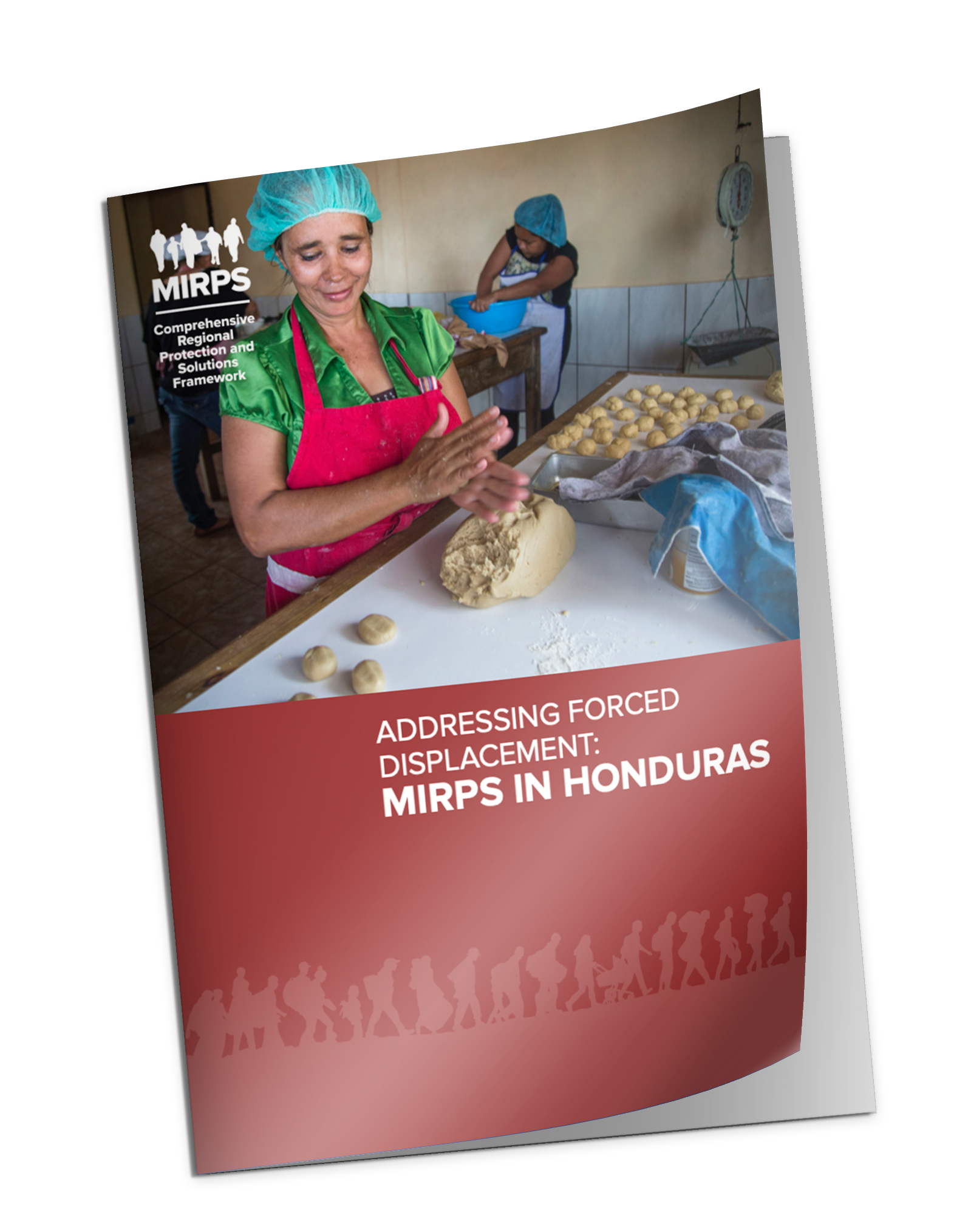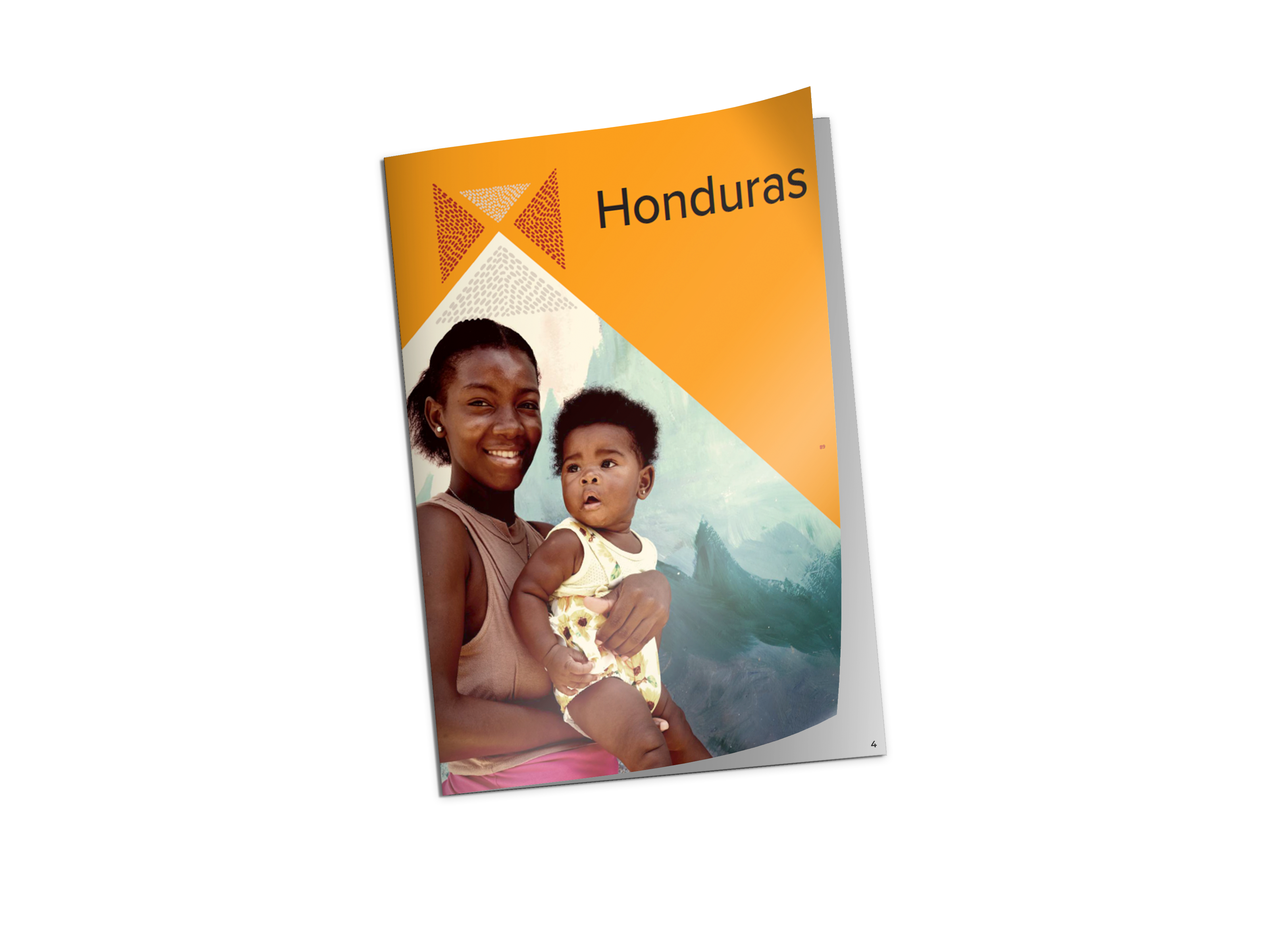Honduras
MIRPS in Honduras
According to official data, at least 247,090 people were internally displaced between 2004 and 2018. Since 2015, 437,773 Hondurans have been deported, mainly from the United States and Mexico; the highest number of deportations ever registered was 109,185 persons in 2019. On the other hand, 353 people sought asylum in Honduras, mainly Nicaraguan nationals. The data shows the need to consolidate a comprehensive response framework for the internally displaced population, returnees with protection needs, as well as refugees and asylum seekers in the country.
To respond to this, Honduras joined the MIRPS in 2017, and since then, it has made progress in the implementation of its commitments to ensure protection and solutions for forcibly displaced persons. However, the support of the international community is required to: promote the consolidation of the legal and institutional framework; improve reception conditions, as well as protection and assistance mechanisms; and line up assistance mechanisms to social protection and livelihood programs to expand the possibilities for durable solutions.
National Action Plan Focus Areas

Protection
23 commitments

Jobs and Livelihoods
4 commitments

Education
1 commitment


